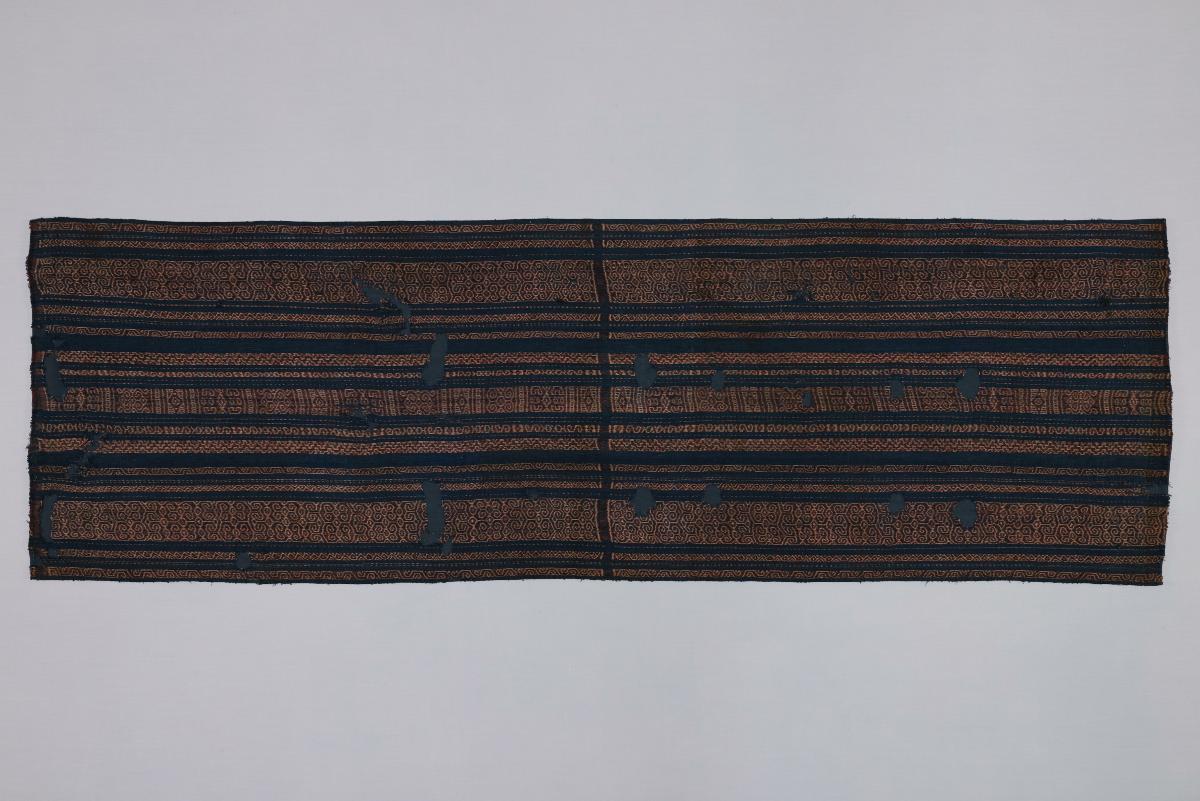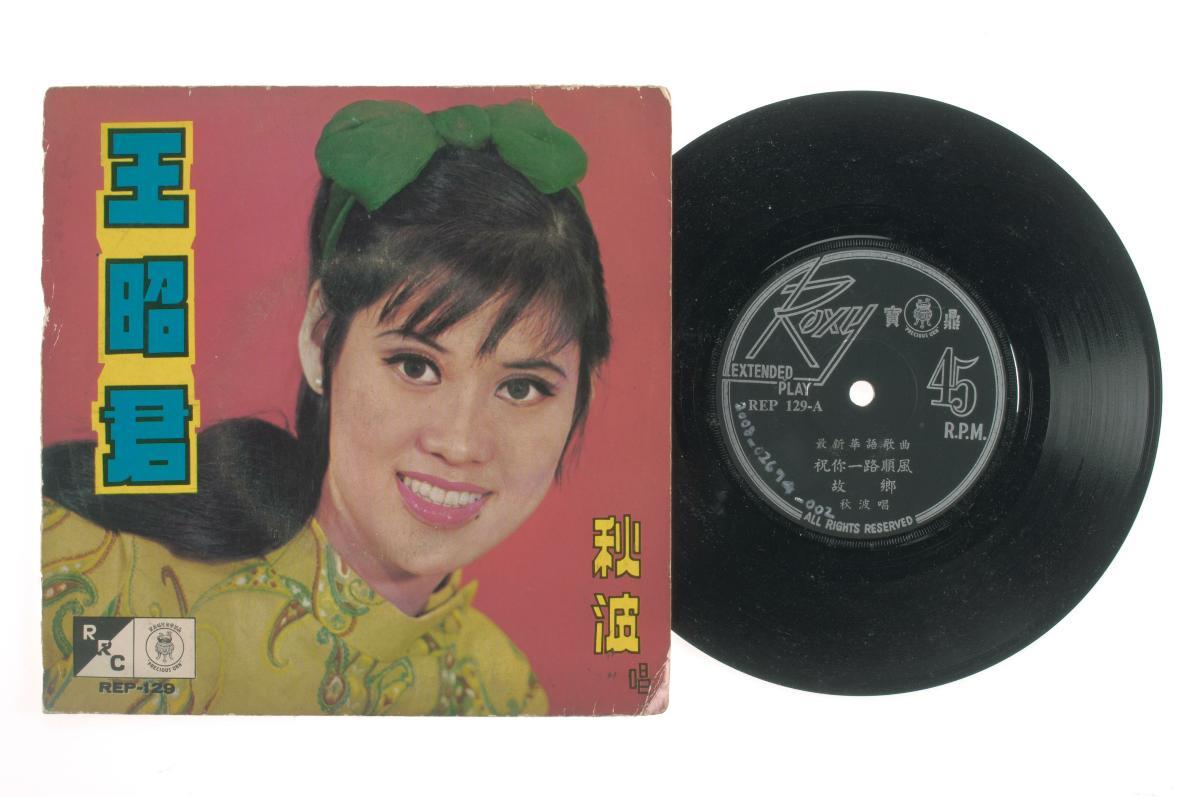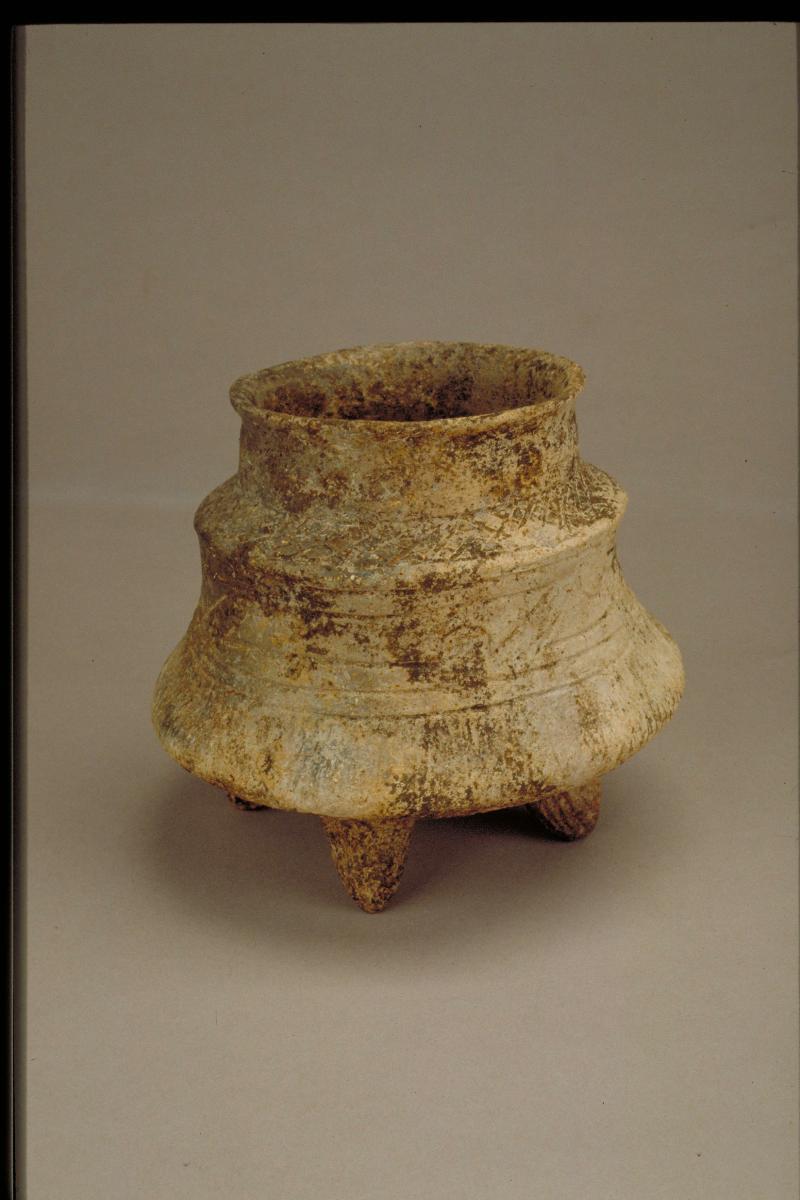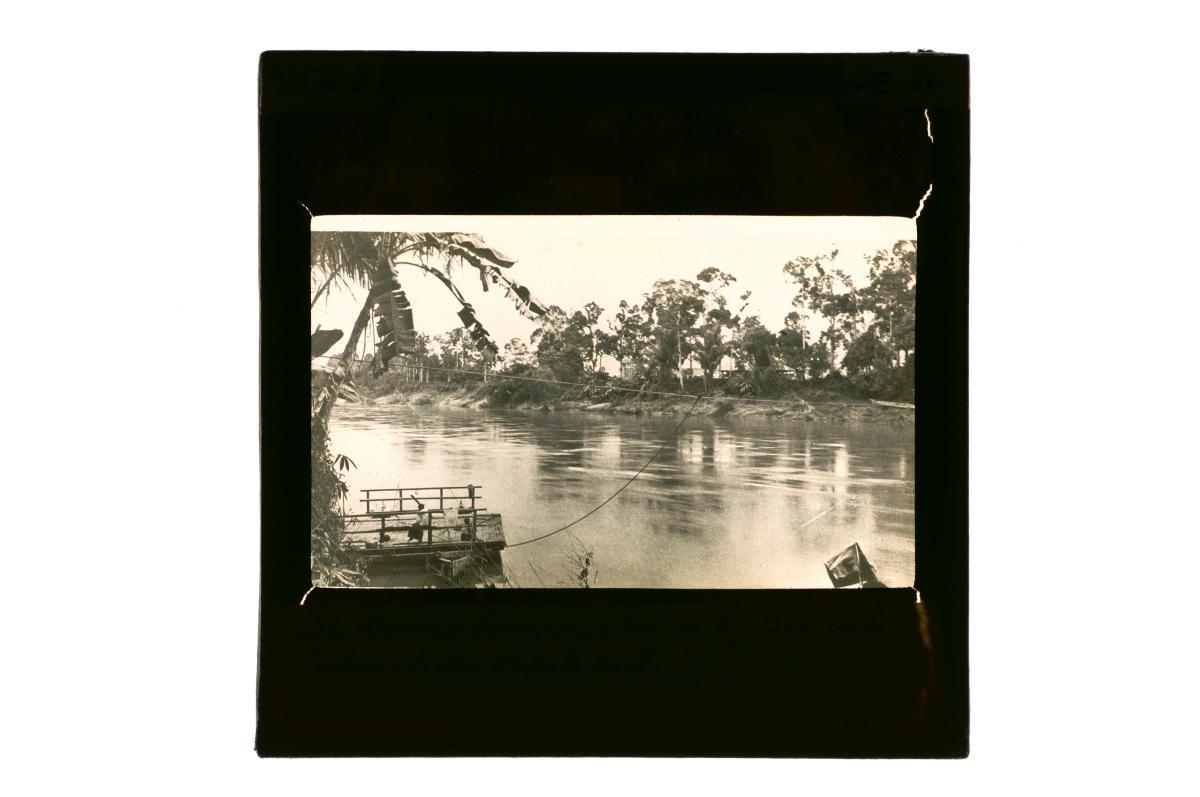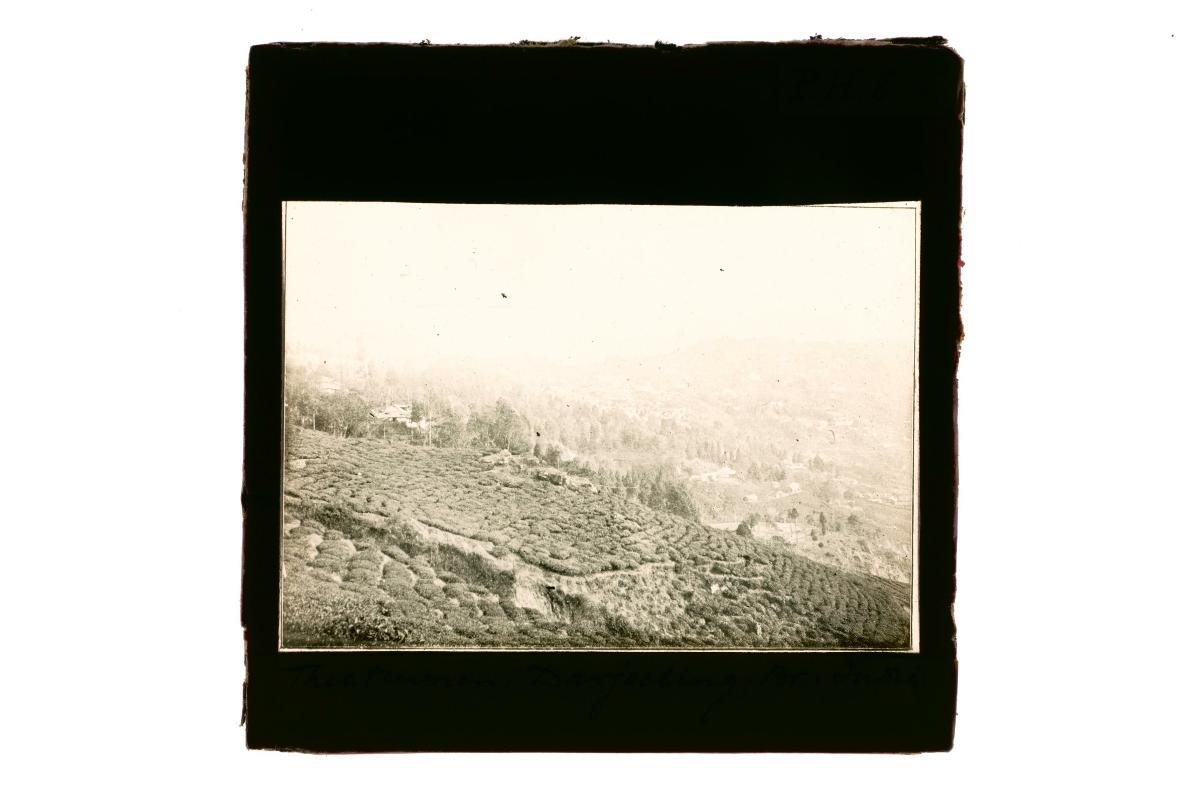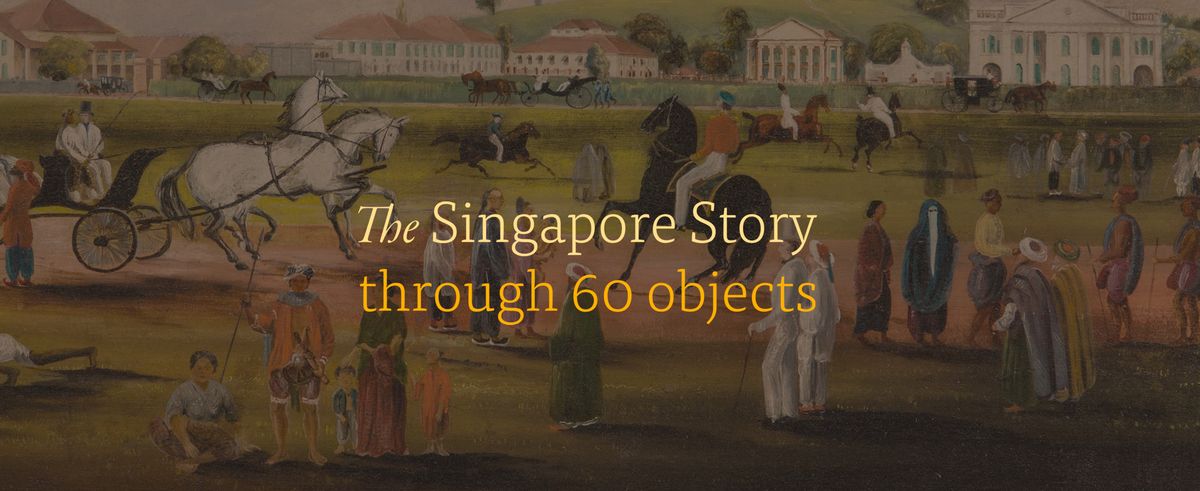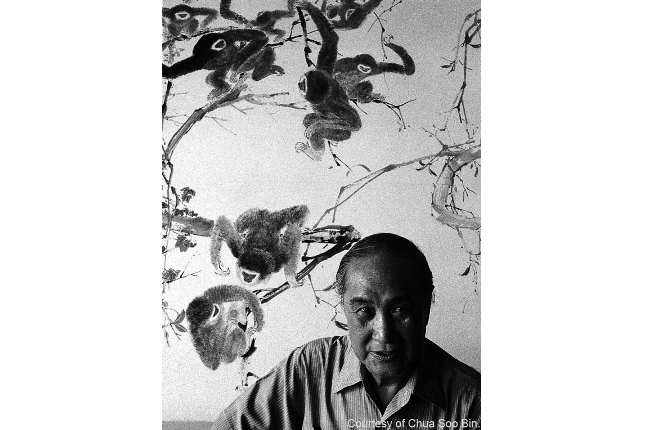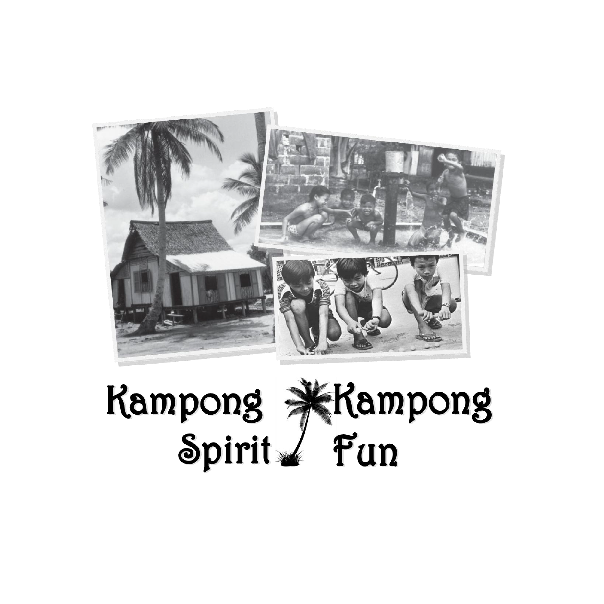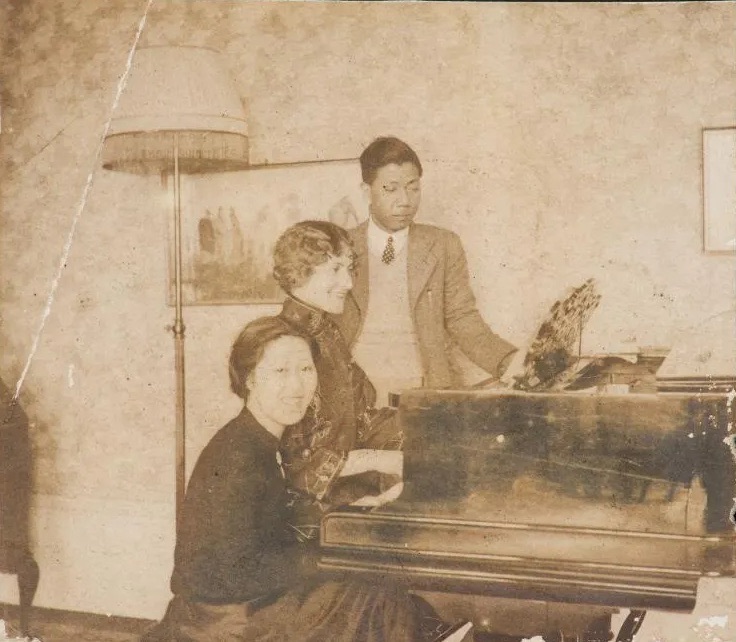This cloth, most likely produced as a skirtcloth or tubeskirt, is one of perhaps 10 or 15 Southeast Asian textiles of this age known to exist in collections worldwide. Radiocarbon testing has confirmed that it is one of the earliest surviving domestically produced cloths ever recorded in Island Southeast Asia, with a date of between 1530-1610. Given its age, the cloth is in extraordinarily good condition and is a masterwork of ikat weaving, which is also known as the tie and dye method. It was collected in the Palu region of the Toraja heartlands in Central Sulawesi, is one of the earliest documented traditional textiles ever found in Southeast Asia. It is a valuable link between the ancient Austronesian origins of Southeast Asian material culture and the warp ikat weaving traditions of the Eastern Indonesian Archipelago. The cloth was kept as a sacred heirloom and was very carefully preserved by weavers, who passed it down from generation to generation.




